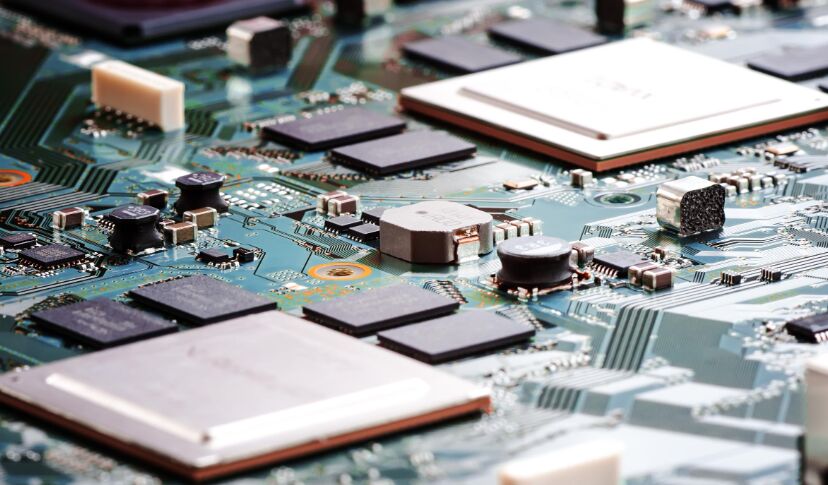Ⅰ. History of semiconductor development
Ⅱ. Band Structure of Semiconductors
Ⅲ. Semiconductor device materials
Ⅳ. Common semiconductors
Ⅴ. Semiconductor device application
Ⅵ. Classification and performance of semiconductors
Ⅶ. Doping of Semiconductors
Ⅷ. Semiconductor Refrigeration Technology
A semiconductor is a substance or material with an electrical conductivity between that of an insulator and a conductor. In a certain temperature range, the concentration of charge carriers increases with the increase of temperature, so that the conductivity increases and the resistivity decreases; at absolute zero, it becomes an insulator.Discrete Semiconductor

Semiconductors are used in integrated circuits, consumer electronics, communication systems, photovoltaic power generation, lighting, high-power power conversion and other fields. For example, diodes are devices made of semiconductors.
Common semiconductor materials include silicon, germanium, gallium arsenide, etc., and silicon is the most influential one in the application of various semiconductor materials. Semiconductor devices have replaced vacuum tubes in most applications. They use electrically conductive solid state rather than gaseous or thermionic emission in a vacuum.
A semiconductor is a material whose electrical conductivity is between that of a conductor and an insulator at room temperature. A semiconductor is a material with controllable conductivity, ranging from an insulator to a conductor. From the perspective of science and technology and economic development, semiconductors affect people's daily work and life. It was not until the 1930s that this material was recognized by the academic community.
Matter exists in various forms, such as solid, liquid, gas, plasma and so on. We usually call materials with poor conductivity, such as coal, artificial crystals, amber, ceramics, etc., as insulators. Metals with better conductivity, such as gold, silver, copper, iron, tin, aluminum, etc., are called conductors. Materials between conductors and insulators can simply be called semiconductors. Compared with conductors and insulators, the discovery of semiconductor materials is the latest. It was not until the 1930s, when the purification technology of materials was improved, that the existence of semiconductors was truly recognized by the academic community.
Ⅰ. History of semiconductor development
In 1833, Faraday, the father of electronics, a British scientist, first discovered that the resistance of silver sulfide varies with temperature differently than that of ordinary metals. In general, the resistance of metals increases with temperature, but Faraday discovered that the resistance of silver sulfide materials It decreases with the increase of temperature. This is the first discovery of the semiconductor phenomenon.
Soon, in 1839, Berclair of France discovered that the junction formed by the contact between the semiconductor and the electrolyte would generate a voltage under light, which was later known as the photovoltaic effect, which is the second characteristic of the discovered semiconductor.
In 1873, Smith of the United Kingdom discovered the photoconductive effect of selenium crystal material with increased conductance under light, which is the third characteristic of semiconductors.
In 1874, Braun of Germany observed that the conductance of some sulfides was related to the direction of the applied electric field, that is, its conduction had directionality, and it was turned on if a forward voltage was applied to both ends of it; If the polarity of the voltage is reversed, it will not conduct electricity. This is the rectification effect of the semiconductor, and it is also the fourth characteristic unique to the semiconductor.



Tags:Semiconductor



